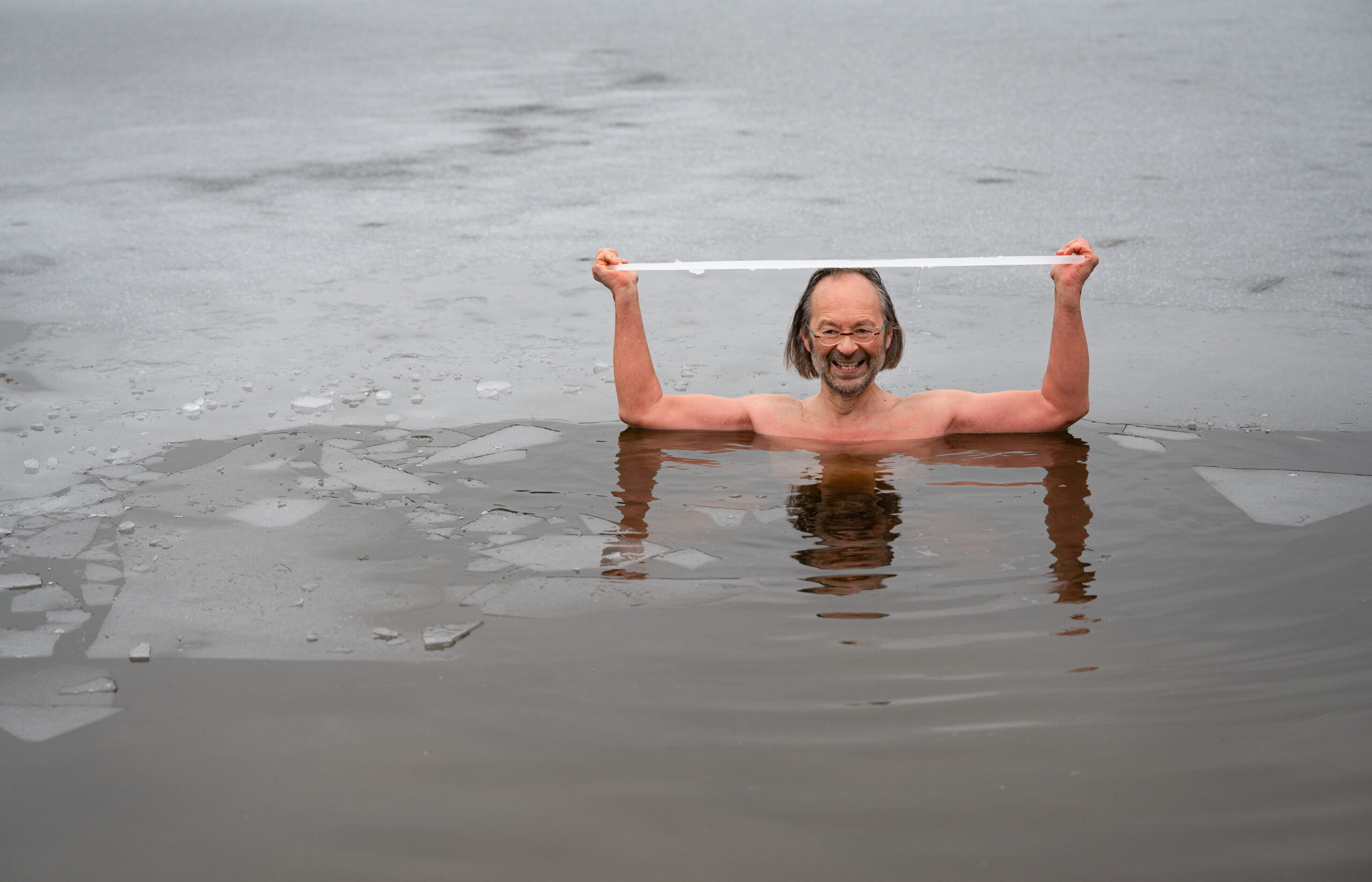
We feel refreshed when we dive into cool sea waves or take a shower with cold water in the summer – the difference in temperature lends itself to a cold shock response, which then provides a series of physiological responses that leave us feeling refreshed. As an ancient and invigorating practice, ice bathing is a tradition revered by cultures around the world, and supported by modern research behind the science of ice baths. Join us as we explore what makes ice bathing a fascinating wellness phenomenon across both culture and time.
The Historical Roots of Ice Baths
The practice of cold water immersion runs through history, marking its presence in the wellness routines of several ancient civilisations. The Japanese ritual of Misogi involves purifying cold water baths, emphasising spiritual cleansing and physical strength. Similarly, the Nordic tradition of following a steamy sauna with an icy plunge is a daily part of Scandinavian life, designed to rejuvenate the body and strengthen the spirit.
Ancient Greece, according to a journal article posted in February 2022, utilised cold water immersion for therapeutic and relaxation purposes, a practice later endorsed by the Roman physician Claudius Galen as a fever treatment. In recent decades, research has been conducted into the effectiveness of cold water immersion for muscle recovery and exercise performance.
More interest about the fascination with cold exposure has been reignited by figures such as ‘The Iceman’ Wim Hof, a Dutch extreme athlete. He has broken several cold exposure world records and developed a comprehensive method of breathing work, cold therapy and commitment exercises that are said to have numerous health benefits, including increasing energy and improving sleep quality.
The Science of Ice Baths: Why Cold Water Makes Waves in Wellness
Scientific research provides solid support for the physical benefits attributed to cold water immersion (CMI). Studies have shown that exposure to cold water can improve circulation, reduce muscle inflammation and trigger the release of endorphins, the body’s natural painkillers.
For athletes, in particular, ice baths have become a welcome routine. Similar to ice packs for acute injuries, an ice bath can provide a vasoconstrictive environment to restrict blood flow, reducing pain and swelling. It is therefore beneficial to recovery protocols, helping to speed up recovery and reduce muscle soreness after exercise.
As well as the physical benefits, the mental health benefits of cold water immersion are increasingly being recognised. Cold water immersion has been linked to reduced stress levels, improved mood and even a possible reduction in symptoms of depression and anxiety, with some small-scale studies showing positive results. The practice is believed to strengthen mental resilience and offers a unique form of mindfulness by encouraging a present-focused mindset.
Integrating Tradition with Technology
Today, the modern take on ice bathing is becoming increasingly popular. From elite athletes to wellness enthusiasts, more and more people are considering incorporating the practice into their self-care routines for its benefits in recovery, rejuvenation and mental clarity.
As the ancient practice of cold immersion merges with technology, it offers more accessible and customisable experiences, making it possible to enjoy this practice with fewer location restrictions. Innovations in home ice baths and portable solutions from companies such as Xtreme Ice Baths are examples of how tradition meets modernity, bringing the benefits of cold therapy to a wider audience with convenience and safety in mind.
Feeling intrigued? We invite you to explore the world of cold therapy with Xtreme Ice Baths. Contact our team today to discover how incorporating this ancient practice into your modern wellness routine can enhance your health, resilience and vitality.
